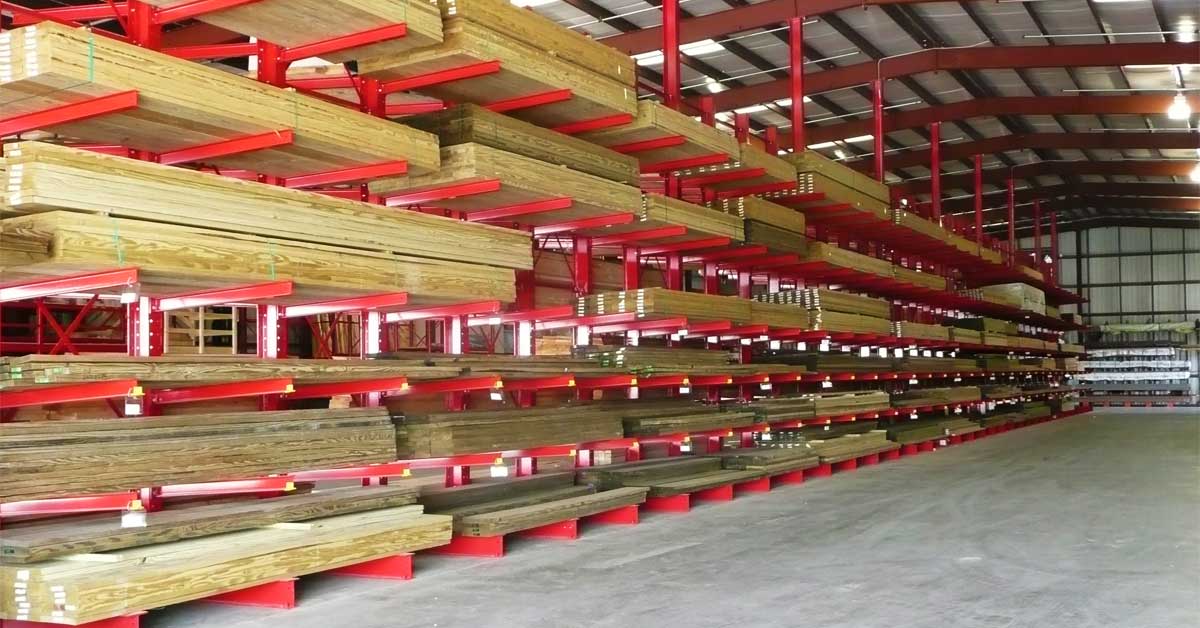
14 Mar Explore a Wide Variety of Wood Types for Your Next Home Project
When you DIY a home project its a real confidence-booster. But that feeling can go right out the window if you use the wrong kind of wood. Here we help you explore a wide variety of wood types so you can be sure your next home project is solid, sound and worthy of bragging rights.
Why Different Wood Types Matter
The type of wood you use for your home project makes all the difference in your DIY success. Not only do different wood types affect appearance but they also impact durability, strength, moisture resistance and much more. The wide variety of wood types exist for much more than simply aesthetic.
What Makes the Difference?
The main difference in wood types is how they grow. There are two basic types of wood, hardwood from trees that leaf, bear fruit and have seeds, and evergreens or conifers with needles instead of leaves and pinecones instead of fruit. Evergreens are sometimes referred to as softwood trees but the terms “hardwood” and “softwood” are not indicative of the hardiness of the wood. These wood types simply denote how the wood is grown.
Density
The density of a piece of wood relates directly to the strength. When the wood fibers are compressed that wood will be able to bear up against weight and weather. Depending on the type of home project you have in mind the wood density and hardness will affect the outcome. The Janka Rating System is a handy way to find the differences in wood density so you can approach flooring, millwork, cabinetry and furniture using the right wood for the job. Hickory and maple score high for hardness and balsa and poplar are among the softest woods.
Grain Pattern
The grain pattern is either open grain or closed grain. Open grain is typically hardwood and sports clearly visible large pores. Closed grain is much straighter than open grain and has pores which are much smaller and more difficult to determine. Straight grain wood is generally stronger but open grain has a nice aesthetic quality.
Wood Texture
This is often confused with the grain but wood texture is an entirely different quality. The texture comes from the vessels within the wood. Large pored wood is coarse and has an uneven texture. Smaller pores indicate an even textured wood.
The Most Popular Wood Types for Home Projects
There are plenty of wood types for you to explore for your next project but the most common types are:
Solid Wood
Cedar, pine and oak are all solid woods. These woods are best when strength is necessary. Furniture and cabinetry have a much longer lifespan and are far more durable than softer wood varieties. Solid wood is natural looking with knots and visible grain. These woods are the easiest to stain but may be prone to warping, cracking and require some maintenance.
Pre-Primed Pine
This opine is already sanded and ready to be painted. It’s a handy wood that’s easy to cut and drill into.
Poplar
Poplar, though technically a hardwood, is fairly soft and easily scratched and dented. However it’s much easier to work with and takes paint very well. Poplar also has a very unique natural look which appeals to some people so if you like it it also takes stain pretty well.
Ash
Ash is very strong, dense and have but also fairly flexible. Because of these qualities ash is preferred for structural framing. However ash is also very appealing to the eye and is a popular choice for woodworking how projects. Sometimes ash will split and its flexible nature makes it unreasonable for certain projects.
Common Board
Relatively inexpensive and fairly easy to work with common board has a great aesthetic for the modern farmhouse look. They are made from a variety of softwood. It can be difficult to find even boards for your home project so inspect this wood thoroughly before purchasing.
Furring Strips
This type of wood is the cheapest available. Typically made from fir, pine or spruce this wood can be difficult to work with and warps easily. However, furring strips work great when you’re installing siding, drywall or roofing.
Of course there are more varieties that are less popular with homeowners usually due to their high cost. Maple, cedar and walnut are more expensive than other domestic woods types and foreign woods also sport a hefty price tag. Generally when you’re working on a home project most of the above-mentioned woods do a fine job.
DIY With Confidence
Searching for the right wood types for your DIY project need not be overwhelming. Approach your next home project brimming with confidence in your choice of wood when you reach out to the professional and experienced team at Seiffert Building Supplies. We’ve helped our Quad Cities neighbors find exactly what they need for their home improvement projects for well-over a century and we look forward to helping you today. Contact Seiffert Building Supplies for your next home project.

